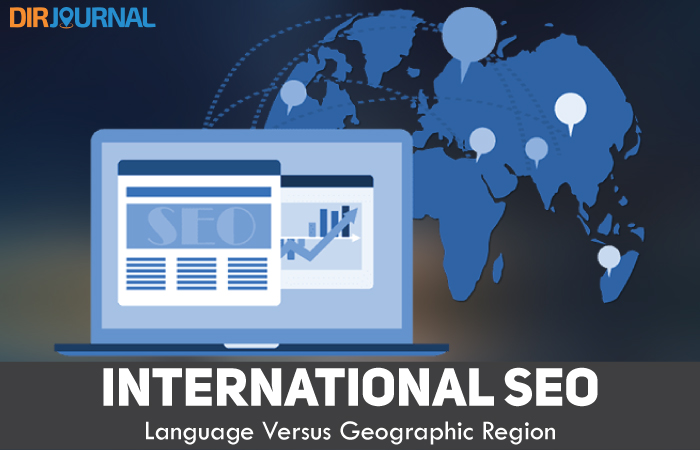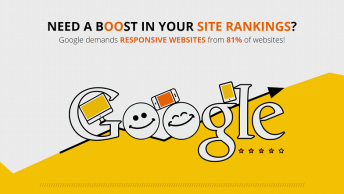International SEO has many different aspects, in this first of a multipart series we will be looking at one of those aspects, language versus geographic region.
People who are new to international SEO often confuse language with geographic regions. For example they assume that French is only used by people searching from France. However French is also spoken in Canada, Belgium, and Monaco. So when working in international SEO one of the first and most important steps is to make that distinction between these two areas.
Content that pertains to a specific geographic region, such as a restaurant located near the Eiffel Tower, would be content that is geographically important. Content that is in a specific language, such as an instruction manual, is not geographically important. It is however possible to have content which is geographically important, and language specific. For example, a restaurant located near the Eiffel Tower, may wish to offer content in several languages, for tourists visiting the country who don’t speak French.
For content where the country or geographic region is important, the optimal implementation is to use a country code TLD (i.e. .co.uk,.fr, or .de). Many websites will own more than one TLD, but use the most geographically appropriate one as their main site (IE owning the.com but using the.co.uk for their content). For websites with content in more than one region and more than one TLD, a geographic IP location tool is suggested. This tool will determine the country of origin of the visitor, and direct them to the appropriate TLD. However you should allow the user to manually override this decision, in case of error or user preference.
One of the disadvantages of using multiple TLD’s is you are spreading the link equity across multiple domains, decreasing the overall trust of the domain within the search algorithm. Additionally if you aren’t careful you can prevent indexing of multiple TLD’s if they aren’t interlinked properly. A suggested implementation is putting a country selector on the homepage of the .com, which redirects the user’s to the appropriate TLD after the user makes a selection. However be sure to provide a search engine friendly text link to each of the country specific TLD’s, currently most search engines have some difficulty with submitting forms. To overcome this disadvantage, subdomains, or subfolders can be used. A hybrid solution involves setting up a country specific TLD, that links to subdomains or subfolders, on the main TLD.
For websites where language is the primary factor not geography, subdomains or subfolders are generally used. For example you could use en.example.com and fr.example.com or example.com/en and example.com/fr. The main deciding factor is usually the organization and managemnt structure of the company. If the company operates a very strict rigid manner, or all of the content is controlled from a central office subfolders is typically easier to implement and maintain. If each language operates under a different set of guidelines or management, subdomains are generally easier to administer and implement. Using subdomains does have the disadvantage of dividing up the link equity, but it’s not as dramatic as different TLD’s.
If the content of the website is non-technical, includes a lot of marketing, or any other cultural references, it’s generally suggested to have unique content written in each language. Using translation services may introduce misinterpretations, or language specific issues. From a duplicate content perspective, search engines currently do not have the ability to detect duplicate content across multiple languages.
One common mistake many websites make is to use flag icons to represent languages. This can present a problem and create user dissatisfaction in the case of popular languages. For example Spanish is spoken in many countries around the world, but using an icon of the flag of Spain might not be useful to someone in Mexico or Guatemala.
As you can see international SEO introduces many problems, and in this first article, we hope we’ve given you a better perspective to better understand and solve some of the complex issues. Stay subscribed to our RSS feed for follow-up articles on this topic.








[…] delicious, or sphinn it. Thanks for visiting!In a previous article we looked at some of the complexities between language and geography for international Seo, and how they apply to top level domains. In this article are going to be looking at other […]
[…] Gray wrote an article for DirJournal about the all important consideration of language and geography. Site architecture is discussed as […]
[…] you Michael Gray for the clarification!!! Use the top level domain (TLD) for the appropriate location. Meaning use […]
[…] you Michael Gray for the clarification!!! Use the top level domain (TLD) for the appropriate location. Meaning use […]
Affiliate Marketing is a performance based sales technique used by companies to expand their reach into the internet at low costs. This commission based program allows affiliate marketers to place ads on their websites or other advertising efforts such as email distribution in exchange for payment of a small commission when a sale results.
http://www.onlineuniversalwork.com
Affiliate Marketing is a performance based sales technique used by companies to expand their reach into the internet at low costs. This commission based program allows affiliate marketers to place ads on their websites or other advertising efforts such as email distribution in exchange for payment of a small commission when a sale results.
http://www.onlineuniversalwork.com
Language and Geographic location is really important when it comes to SEO. When you are targeting a non-english country then it’s proper to use foreign language as well as the domain name for geopgraphic purposes. If you are targeting China then the best domain name would be domain.cn and the language must be in mandarin.